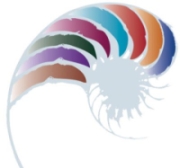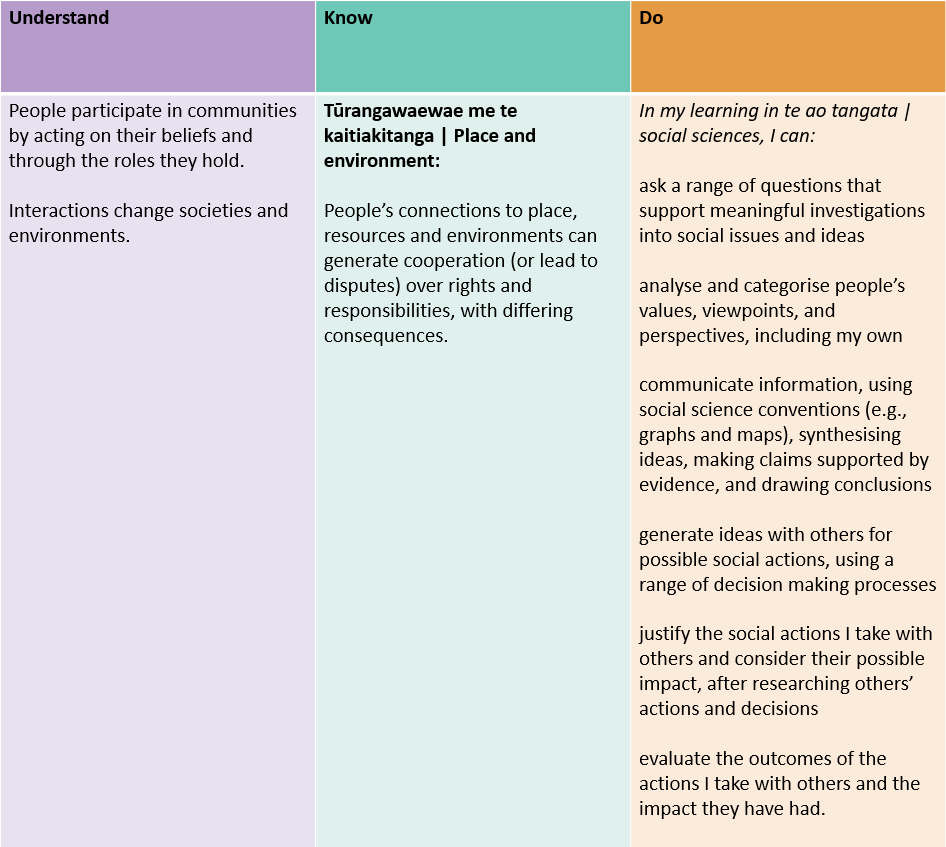<- Homepage: Saving our southern species: Wildlife Hospital Dunedin

New Zealand Curriculum (NZC)
This field trip supports a cross-curricular approach to teaching and learning. It is guided by the 2007 New Zealand Curriculum and Te Mātaiaho –The Refreshed New Zealand Curriculum. It aligns best with, but is not limited to, the learning areas, year groups and progressions presented below.
Select one or more learning areas, concepts and progress outcomes to suit your students’ interests and learning needs.
Use this learning experience as a springboard for multiple areas of inquiry. Look for ways to make connections to learning that matters to students, as well as nationally and locally.
Science (NZC 2007)
The living world strand is about living things and how they interact with each other and the environment. Students develop an understanding of the diversity of life and life processes, of where and how life has evolved, of evolution as the link between life processes and ecology, and of the impact of humans on all forms of life. As a result, they are able to make more informed decisions about significant biological issues. The emphasis is on the biology of New Zealand, including the sustainability of New Zealand’s unique fauna and flora and distinctive ecosystems.
Students will:
- Explain how living things are suited to their particular habitat and how they respond to environmental changes, both natural and human-induced. (Ecology)
- Recognise that there are life processes common to all living things and that these occur in different ways (Life Processes)
The Nature of Science strand is the overarching, unifying strand in the science learning area.
Students will:
- Use their growing science knowledge when considering issues of concern to them (Participating and contributing).
Te ao tangata | Refreshed social sciences learning area
Progress outcome by the end of year 8:

Inquiry practice that brings rigour to learning:
Key questions:
- What is the role that native birds have in our rohe?
- Which native bird species are at risk and what are the implications for our community?
Learning experiences:
- Explore native bird species in our rohe and how different people in our community value them.
- Explore the reasons why our native bird species face particular challenges and threats.
- Explore the different ways in which we value and connect with the land, its flora and fauna, and how our actions can create negative and positive impact.
English (NZC 2007)
Listening, reading and viewing
Ideas: Show a developing understanding of ideas within, across, and beyond texts.
E.g. Indicators at level 3:
- uses their personal experience and world and literacy knowledge confidently to make meaning from texts
- makes meaning of increasingly complex texts by identifying main and subsidiary ideas in them
- starts to make connections by thinking about underlying ideas in and between texts
- recognises that there may be more than one reading available within a text
- makes and supports inferences from texts with increasing independence.



